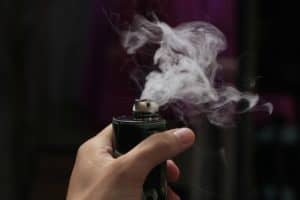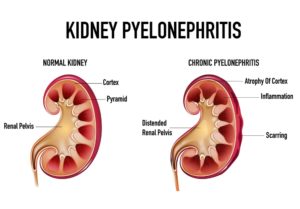Necrobiosis lipoidica diabeticorum (NLD)
Necrobiosis lipoidica diabeticorum are the skin lesions usually associated with diabetes mellitus, often painless, and found over both shins. Occasionally these lesions can be painful.
well-circumscribed oval plaques on the anterior surface of lower legs with shiny surface, yellow, waxy and atrophic center and telangiectasias with red-brown margins.
It is a rare condition of skin associated with DM or Prediabetes or sometimes in normal people. It occurs due to abnormal deposition of fat and thickening of blood vessels wall
Epidemiology
The prevalence of necrobiosis lipoidica diabeticorum in patients with diabetes has been reported at different figures by researchers but is generally regarded as being below 2%.
However, MH Lowitt and JS Dover illustrated the differences between necrobiosis lipoidica diabeticorum and patients with diabetes in their 1991 study, which showed that:
- Necrobiosis lipoidica diabeticorum preceded the onset of diabetes in 15% of patients
- 60% of patients had diabetes prior to the onset of necrobiosis lipoidica diabeticorum
- 25% of patients had necrobiosis lipoidica diabeticorum appear simultaneously with the onset of diabetes
The 40% of participants who did not have diabetes prior to developing necrobiosis lipoidica diabeticorum were observed to have abnormal glucose tolerance by the researchers.
Differential diagnosis
The differential diagnosis of NLD includes:
- Granuloma annulare
- Necrobiotic xanthogranuloma
- Sarcoidosis
- Diabetic dermopathy
- Stasis dermatitis
- Panniculitis (erythema nodosum, subacute migratory panniculitis, erythema induratum)
- Infectious lipogranuloma (leprosy, tertiary syphilis, dimorphic fungal infections)
- Sclerosing lipogranuloma
How to diagnose it?
These lesions are often diagnosed clinically because they look very distinctive. Once suspected the presence of diabetes mellitus and blood glucose status is actively assessed. The following tests can be done to check for diabetic status:
- Fasting blood sugar
- Random blood sugar
- Oral glucose tolerance test
- HbA1c
The clinician may also look for the complications of diabetes that may be present:
- Fundoscopy to check for diabetes retinopathy
- Urine dipstick test to check for proteinuria
- Examination for peripheral neuropathy
Treatment
- Skin protection from trauma
- Topical or intralesional steroids
- Good diabetic control
- Surgery-laser, excision and skin grafting in severe cases
Difference between NLD and Granuloma Annulare
| Necrobiosis Lipoidica | Granuloma Annulare | |
| Anatomic distribution | Legs, occasionally face, scalp, arms | Dorsal hands, dorsal feet, legs, trunk, or widespread |
| Clinical associations | Diabetes mellitus | No well-established associations |
| Dermal infiltrate | Diffuse, full thickness | Multifocal, scattered |
| Dermal mucin | Negative | Focally abundant |
| Lymphoid aggregates | Occasional | Absent |
| Cholesterol clefts | Occasional | Absent |
| Multinucleate giant cells | Numerous | Moderate |
| Plasma cells | Common | Rare |



